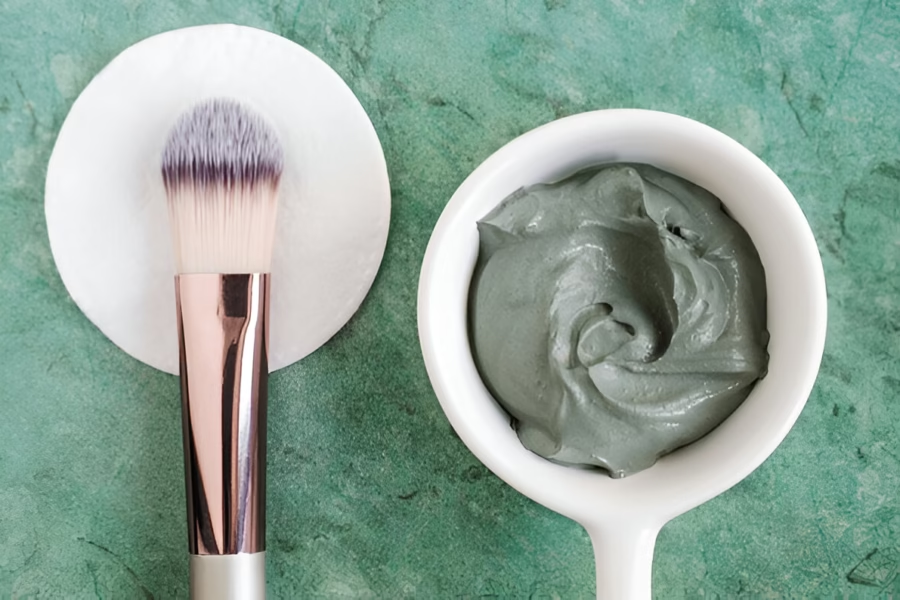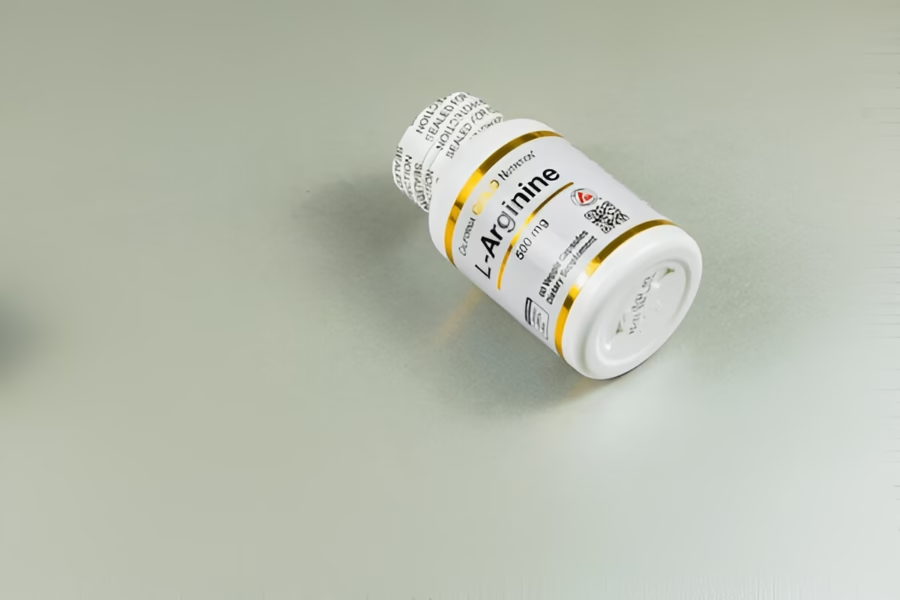Sunscreens are a non-negotiable part of any skincare routine, They shield your skin from harmful UV rays, reduce the risk of skin cancer, and prevent premature aging, But when it comes to sunscreen ingredients, concerns often arise, Among these, titanium dioxide frequently sparks debates about its safety and effectiveness.
In this blog post, we’ll dive deep into what titanium dioxide is, how it works, and whether it’s safe for use in sunscreens, If you’re looking for clarity on this popular ingredient, keep reading to uncover the facts.
In This Article
- What Is Titanium Dioxide?
- How Does Titanium Dioxide Work in Sunscreens?
- Is Titanium Dioxide Safe in Sunscreens?
- FDA and Global Regulatory Approval
- Concerns About Nanoparticles
- Environmental Impact
- Why Titanium Dioxide Is a Popular Choice
- How to Choose a Sunscreen with Titanium Dioxide
- Myths and Misconceptions About Titanium Dioxide
- Ammore’s Beauty Tip
- FAQs About Titanium Dioxide in Sunscreens
- Final Thoughts
What Is Titanium Dioxide?
Titanium dioxide (TiO₂) is a naturally occurring mineral that is commonly used as a pigment in various products, including paints, food, cosmetics, and, of course, sunscreens, Its primary role in sunscreens is to act as a physical blocker, protecting your skin from harmful UVA and UVB rays.
Unlike chemical sunscreens that absorb UV rays and convert them into heat, titanium dioxide sits on the skin’s surface and reflects UV radiation, This makes it a popular choice for those with sensitive skin or concerns about chemical ingredients.
How Does Titanium Dioxide Work in Sunscreens?
Titanium dioxide belongs to a class of ingredients known as mineral (or physical) sunscreens, When applied to the skin, its particles form a protective layer that bounces UV rays away from the skin. This protective mechanism works immediately upon application, unlike chemical sunscreens that require about 20 minutes to become effective.
Key Benefits of Titanium Dioxide in Sunscreens:
- Broad-Spectrum Protection: It provides excellent protection against both UVA (aging rays) and UVB (burning rays).
- Non-Irritating: Suitable for sensitive skin and less likely to cause allergic reactions compared to chemical filters.
- Non-Comedogenic: Won’t clog pores, making it ideal for acne-prone skin.
- Stable Formula: Titanium dioxide remains effective under sunlight, maintaining its protective properties.
Is Titanium Dioxide Safe in Sunscreens?
The question of safety often arises with any skincare ingredient, and titanium dioxide is no exception. Let’s break it down.
FDA and Global Regulatory Approval
Titanium dioxide is recognized as a safe and effective ingredient by the FDA, as well as regulatory agencies in Europe, Canada, and Australia, It has been widely studied for decades and continues to be a trusted choice in sunscreen formulations.
Concerns About Nano Particles
A common concern is the use of titanium dioxide in nanoparticle form, Nanoparticles are ultra-small particles that improve the spreadability and appearance of sunscreens, preventing the dreaded white cast.
- Are nanoparticles safe? Studies show that nanoparticles of titanium dioxide do not penetrate the outermost layer of the skin (stratum corneum). This means they remain on the surface and do not enter the bloodstream, making them safe for topical use.
- What about inhalation? While topical application is safe, inhalation of titanium dioxide nanoparticles (e.g., in powder sunscreens) could pose risks. This is why aerosol sunscreens and loose powders with titanium dioxide are generally not recommended.
Environmental Impact
Another aspect of titanium dioxide’s safety revolves around its environmental impact. Studies have shown that nanoparticles may affect marine life, particularly coral reefs. While these concerns are still being studied, many brands now offer “reef-safe” sunscreens that avoid potentially harmful ingredients, including certain forms of titanium dioxide.
Why Titanium Dioxide Is a Popular Choice
When compared to chemical sunscreens, titanium dioxide holds several advantages:
- Gentle on Skin: Those with eczema, rosacea, or post-procedure skin often prefer titanium dioxide because it is less likely to cause irritation.
- Immediate Protection: No waiting period—simply apply and go!
- Safe for All Ages: Titanium dioxide sunscreens are often recommended for children and babies due to their mild nature.
- Stable in Sunlight: Unlike some chemical filters, titanium dioxide doesn’t degrade when exposed to UV rays.
How to Choose a Sunscreen with Titanium Dioxide
If you’ve decided that titanium dioxide is the right choice for you, here’s what to look for in a sunscreen:
- Broad-Spectrum Label: Ensure the sunscreen protects against both UVA and UVB rays.
- SPF Rating: Opt for SPF 30 or higher for adequate protection.
- Combination with Zinc Oxide: Many mineral sunscreens combine titanium dioxide with zinc oxide for enhanced protection.
- Reef-Safe Formulation: Check the label to ensure the product is free of harmful chemicals like oxybenzone and octinoxate.
Myths and Misconceptions About Titanium Dioxide
Myth 1: Titanium Dioxide Causes Cancer
This claim stems from studies on inhaled titanium dioxide in industrial settings, not from topical application in sunscreens, Topical use is safe and does not pose such risks.
Myth 2: Titanium Dioxide Leaves a White Cast
While older formulations of titanium dioxide sunscreens often left a chalky residue, modern advancements (like nanoparticle technology) have largely resolved this issue.
Myth 3: Titanium Dioxide Doesn’t Provide Enough Protection
Titanium dioxide offers robust protection against UVB and some UVA rays, When combined with zinc oxide, it provides full broad-spectrum coverage.

Ammore’s Beauty Tip
If you’re worried about the white cast from mineral sunscreens, look for tinted formulations.
FAQs About Titanium Dioxide in Sunscreens
1. Is titanium dioxide safe for daily use?
Yes, titanium dioxide is safe for everyday use and is recommended by dermatologists for all skin types.
2. Can I use titanium dioxide sunscreen if I have acne-prone skin?
Absolutely! Titanium dioxide is non-comedogenic, meaning it won’t clog pores or trigger breakouts.
3. How often should I reapply sunscreen?
Reapply every two hours, especially after swimming, sweating, or towel-drying.
4. Are titanium dioxide sunscreens good for oily skin?
Yes! Many titanium dioxide sunscreens have lightweight, mattifying formulas perfect for oily skin.
5. Is titanium dioxide reef-safe?
Not always. Look for sunscreens specifically labeled as “reef-safe” to ensure minimal environmental impact.
Final Thoughts
Titanium dioxide is a proven, safe, and effective ingredient in sunscreens, Its ability to protect against harmful UV rays while being gentle on the skin makes it a favorite among dermatologists and skincare enthusiasts alike.
Whether you’re heading to the beach, running errands, or simply spending time outdoors, incorporating a titanium dioxide sunscreen into your routine is a smart move. Remember, the best sunscreen is the one you’ll use consistently—so find a formula you love and stick to it.
Did you find this guide helpful? Share it with your friends and family to spread awareness about the importance of sunscreen, Let us know your go-to sunscreen in the comments below, Together, let’s prioritize skin health and stay sun-safe!




